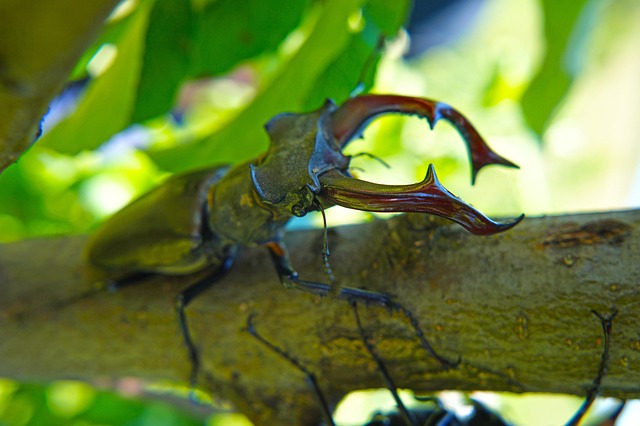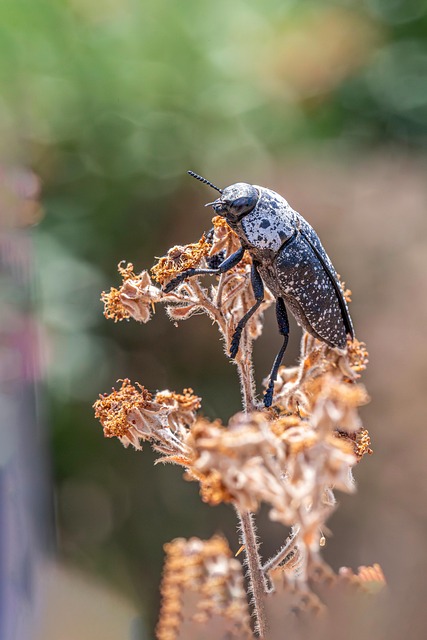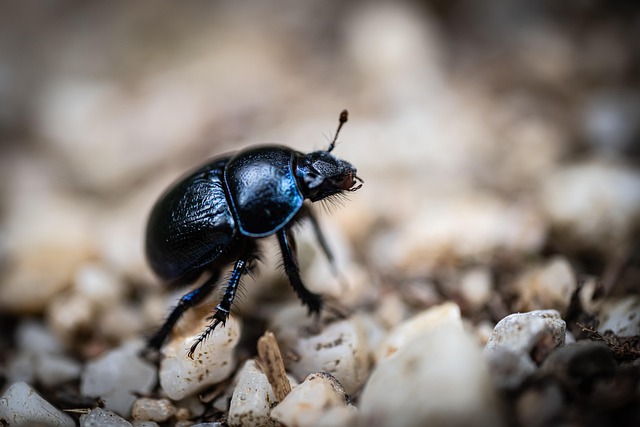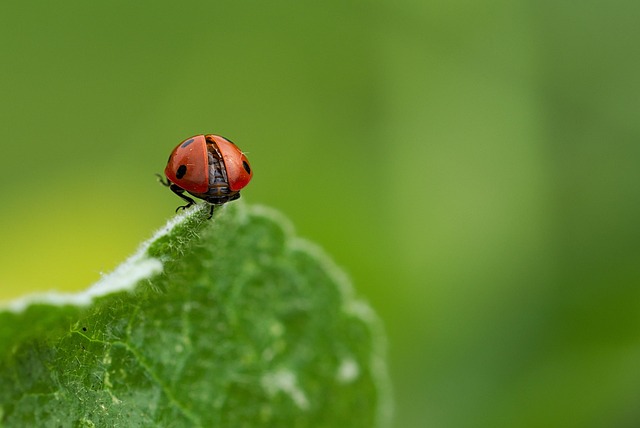Professional Pest Control: Eradicating Drugstore Beetles Effectively

Drugstore beetles (Steinernia lithographa) are common household pests attracted to warm, dry environ…….
Introduction
In the intricate world of pest control and material preservation, “Drugstore Beetles Treatment” stands out as a specialized solution for safeguarding commodities against infestation. These tiny beetles, scientifically known as Lycodemon ssp., are notorious for their ability to penetrate packaging and consume a wide range of organic materials, including drugs, spices, and even some plastics. This article delves into the multifaceted approach to managing drugstore beetle infestations, exploring the historical context, global impact, economic considerations, technological advancements, policy landscape, challenges, case studies, and future prospects of this treatment. Readers will gain a comprehensive understanding of how “Drugstore Beetles Treatment” is critical in maintaining the integrity of stored products across various industries.
Understanding Drugstore Beetles Treatment
“Drugstore Beetles Treatment” refers to a combination of strategies and techniques employed to manage and control drugstore beetle populations. These strategies encompass proper sanitation, habitat modification, the use of insecticides, and the implementation of Integrated Pest Management (IPM) practices. The core components of this treatment include identification of infestation sources, application of preventive measures, and monitoring to ensure ongoing effectiveness. Historically, understanding and treating drugstore beetle infestations have been critical in industries such as pharmaceuticals, spices, and stored products, where these pests can cause significant economic losses and product contamination.
Global Impact and Trends
The global impact of drugstore beetles is profound, with these pests affecting a wide range of sectors including food processing, cosmetics, pharmaceuticals, and museum collections. Key trends shaping the trajectory of “Drugstore Beetles Treatment” include the development of more sustainable and eco-friendly control methods, advancements in detection technology, and the increasing globalization of trade necessitating stricter quarantine measures. Different regions are affected by drugstore beetles in varying degrees, with tropical and subtropical climates experiencing higher infestation rates due to their optimal conditions for survival and reproduction.
Economic Considerations
The economic aspects of “Drugstore Beetles Treatment” are multifaceted. Market dynamics are influenced by the cost of infestation control, the value of the affected products, and the implementation of preventive measures. Investment patterns in this sector are driven by the need for research into effective treatment methods, as well as the development of new technologies for early detection and eradication. “Drugstore Beetles Treatment” plays a crucial role in economic systems by protecting commodities and preventing losses that can run into millions of dollars annually.
Technological Advancements
Technological advancements have significantly impacted “Drugstore Beetles Treatment.” Innovations such as advanced detection devices, genetic profiling for beetle identification, and targeted insecticides have revolutionized the way infestations are managed. The future potential of these technologies includes the use of artificial intelligence for predictive analytics, drone technology for monitoring large storage facilities, and biotechnological approaches that could lead to the development of sterile insect techniques (SIT) for drugstore beetle control.
Policy and Regulation
The policies, regulations, and legislative frameworks governing “Drugstore Beetles Treatment” are diverse and often region-specific. International standards such as the International Standards for Pharmaceutical Quality (ISPQ) and the Good Manufacturing Practice (GMP) regulations set the benchmark for acceptable levels of pest contamination. These frameworks influence the development and implementation of treatment strategies, emphasizing the importance of compliance for businesses operating globally.
Challenges and Criticisms
“Drugstore Beetles Treatment” faces several challenges, including resistance to conventional insecticides, the difficulty of eradicating beetles from complex storage environments, and the need for treatments that are both effective and safe for human health and the environment. Criticisms often revolve around the overuse of chemical treatments and the potential for residue in products. To overcome these issues, a shift towards Integrated Pest Management (IPM) and the development of biological control agents are being pursued as sustainable alternatives.
Case Studies
Several case studies exemplify successful applications of “Drugstore Beetles Treatment.” One notable example is a pharmaceutical company that integrated IPM practices, resulting in a significant reduction of infestations and improved product quality. Another case involves a spice processor who adopted advanced detection systems, which led to early identification of beetle presence, minimizing losses and ensuring consumer safety. These case studies highlight the importance of proactive measures and continuous improvement in treatment strategies.
Future Prospects
The future outlook for “Drugstore Beetles Treatment” is promising, with potential growth areas including the development of novel biocontrol agents, enhanced detection technologies, and the implementation of more sustainable practices across the supply chain. Emerging trends suggest a greater focus on preventive measures, cross-industry collaboration, and international cooperation to combat this global challenge. Strategic considerations will need to address the balance between economic viability and environmental stewardship, ensuring that treatments are both effective and responsible.
Conclusion
“Drugstore Beetles Treatment” is a critical component in protecting stored products from infestation, with significant implications for various industries. The comprehensive approach to this treatment involves a combination of sanitation, habitat modification, advanced technology, and proactive policy measures. As the global marketplace becomes increasingly interconnected, the importance of effective “Drugstore Beetles Treatment” continues to grow. By embracing innovation and adhering to best practices, industries can safeguard their products, maintain consumer trust, and contribute to a more resilient and sustainable future.

Drugstore beetles (Steinernia lithographa) are common household pests attracted to warm, dry environ…….

Drugstore beetles (Stegona lineata) are household pests that infiltrate through cracks, lay eggs in…….

Drugstore beetles, tiny carpet beetles, infiltrate homes and businesses through cracks, gaps, and op…….

Drugstore beetles, drawn to stored carbohydrates, enter homes and businesses through cracks and crev…….

Drugstore beetles (Stegobium paniceum) are global pests preferring dark, humid spaces in homes. They…….

Drugstore beetles (Troctina solanae) infiltrate homes and commercial spaces through cracks and gaps,…….

Beetle infestations pose significant risks to properties due to environmental factors and species pr…….

Drugstore beetles (Tribolium castaneum) are a common household pest causing significant losses. Earl…….

Drugstore beetles, common household pests, thrive in dark, undisturbed areas and organic materials……..

Drugstore beetles (Troctina species) are household pests that infiltrate and spoil stored foods. Ear…….